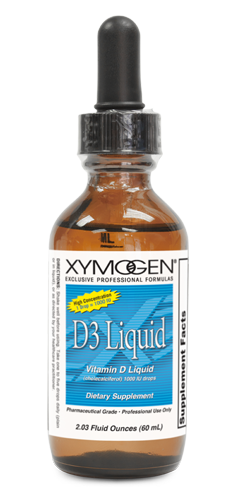
Researchers are challenging the intake of vitamin D recommended by the National Academy of Sciences Institute of Medicine saying their Recommended Dietary Allowance for vitamin D underestimates the need by a factor of ten!!!
Really? Were we that wrong again?
Here is the rest of the story for you:
In a letter published last week in the journal Nutrientsthe scientists confirmed a calculation error noted by other investigators, by using a data set from a different population. Dr. Cedric F. Garland, Dr.P.H., adjunct professor at UC San Diego’s Department of Family Medicine and Public Health said his group was able to confirm findings published by Dr. Paul Veugelers from the University of Alberta School of Public Health that were reported last October in the same journal.
“Both these studies suggest that the IOM underestimated the requirement substantially,” said Garland. “The error has broad implications for public health regarding disease prevention and achieving the stated goal of ensuring that the whole population has enough vitamin D to maintain bone health.”
The recommended intake of vitamin D specified by the IOM is 600 IU/day through age 70 years, and 800 IU/day for older ages. “Calculations by us and other researchers have shown that these doses are only about one-tenth those needed to cut incidence of diseases related to vitamin D deficiency,” Garland explained.
Robert Heaney, M.D., of Creighton University wrote: “We call for the NAS-IOM and all public health authorities concerned with transmitting accurate nutritional information to the public to designate, as the RDA, a value of approximately 7,000 IU/day from all sources.”
“This intake is well below the upper level intake specified by IOM as safe for teens and adults, 10,000 IU/day,” Garland said. Other authors were C. Baggerly and C. French, of GrassrootsHealth, a voluntary organization in San Diego CA, and E.D. Gorham, Ph.D., of UC San Diego.
I remember getting into a heated discussion once with a doctor who was telling me my son’s levels of 16ng/ml were perfectly fine, while I was crying my heart out saying they were the cancer levels! The true, functional levels should be between 30-100ng/ml, closer to the 100! The doctor thought I was crazy, but I knew better, and that’s what saved my son’s life.
Do know your levels! Many doctors will perform the test for you, but if not, you can check not only your D levels but perform food sensitivity testing and Gut profile here at Heal ‘N Glow.
Know the vital information! I have taken higher doses for years, slowing down during summer which I always spend outdoors and by the pool with my kids. It takes several month before your levels are near the optimal range and some people extremely deficient might need medical intervention to speed-up that process.
Story Source:
The above story is based on materials provided by Creighton University. Note: Materials may be edited for content and length.
Journal References:
1. Paul Veugelers, John Ekwaru. A Statistical Error in the Estimation of the Recommended Dietary Allowance for Vitamin D. Nutrients, 2014; 6 (10): 4472 DOI: 10.3390/nu6104472
2. Paul Veugelers, John Ekwaru. A Statistical Error in the Estimation of the Recommended Dietary Allowance for Vitamin D. Nutrients, 2014; 6 (10): 4472 DOI: 10.3390/nu6104472